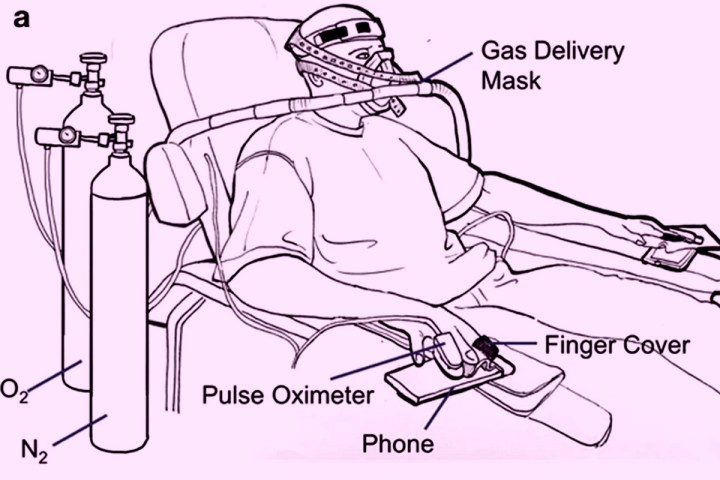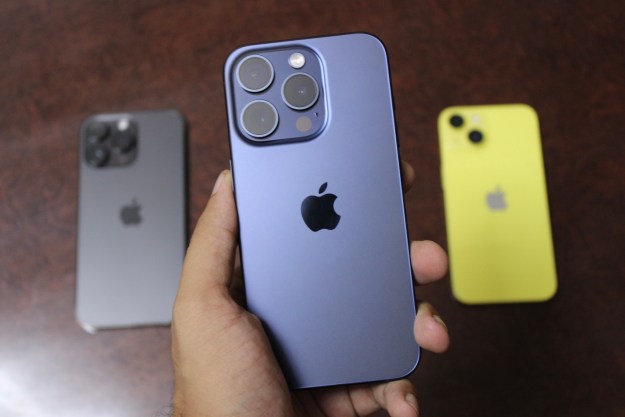Smartphones are already capable of some neat health-centric tricks. From step counting and sleep tracking to measuring pulse and respiration rate, the phone in your pocket is quite a powerful-health monitoring machine. Now, a team of scientists from the University of Washington is looking to add blood oxygen level measurement to that bag of tricks.
In a paper published inNJP Digital Medicine, the team details what it calls the “first clinical development validation on a smartphone camera-based SpO2 sensing system.” To put it simply, the team developed an algorithm and proved that smartphones could measure the blood oxygen saturation level to the same baseline level as approved by the Food and Drug Administration (FDA) for over-the-counter pulse oximeters.

For reference, the agency recommends that a pulse oximeter should be able to measure SpO2 levels as low as 70%. As part of the study involving six volunteers, the team proved that blood oxygen levels at a minimum of 70% can be measured with nearly 80% accuracy by simply placing a finger over a smartphone’s camera and adjacent flash.
The latest breakthrough surpasses two critical challenges. First, this method doesn’t ask the user to hold their breath. Second, previous smartphone-based SpO2 measurement methods could only measure a floor of 85%, but the new algorithmic method developed by scientists can touch the same baseline level as medical-grade pulse oximeters.

The technique employed here is not too different from what SpO2 sensors in smartwatches like the Apple Watch Series 8 and Samsung Galaxy Watch 5 do. When the flash illuminates the path of blood moving through the vessels, the rate of light absorption changes, and these variations are then processed through the custom algorithm to measure the blood oxygen saturation level.
A phone-centric health monitoring future
“Our data shows that smartphones could work well right in the critical threshold range,” notes co-lead author Jason Hoffman. One of the biggest advantages of using smartphones for measuring blood oxygen saturation levels is that they are accessible. Plus, the method doesn’t rely on a fancy multi-camera setup or custom hardware either. All it needs is a camera sensor sitting alongside an LED flash at the back.

It is also far easier to send over the SpO2 data to a medical expert from a smartphone than it is to take the measurement on a smartwatch, pairit to the phone via a companion app, sync the data, and then transmit it. Keeping an eye on the SpO2 levels is of critical importance these days as we live in a world battered by COVID-19.
The team has open-sourced the entire dataset so that other interested parties can expand upon it. This is again crucial because the research involved data collected from only six human subjects, of which five were of Caucasian ancestry, and only one was of African lineage.
More diversity and a wider volunteer network are required to fine-tune the underlying system and make smartphone-based SpO2 measurements more accurate as well as equitable. Smartwatches like Apple Watch have already shown error vulnerability when it comes to non-white subjects or those with tattoos and obese body types.
Editors' Recommendations
- OnePlus’ next foldable phone may get a huge camera upgrade
- Can you take a picture of the solar eclipse with your phone? Here’s how to do it
- What they don’t tell you about wearing a camera on your face
- No, the Journal app on your iPhone isn’t spying on you
- A phone you haven’t heard of just beat the Galaxy S24 Ultra in a camera test




